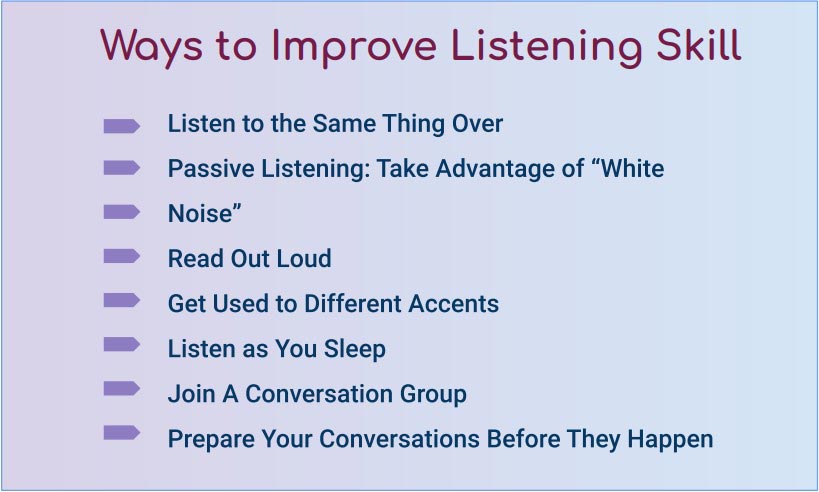What is Intonation? Types of Intonation in Spoken English
Intonation is the use of tone and the variation of it depending on situations and the type of communication. Statements and questions do not sound the same and that is because different intonations are used for these two very different purposes.
What is Intonation?
The rise and fall of the vocal sound or tone in speech is intonation. With the accurate use of intonation, speaking and listening would become more effective, to-the-point and foolproof. Intonation does not require specific practice but learning to speak any language fluently would result in automatic accuracy.
Types of Intonation
There are three types of intonation in spoken English and they are -
Rising Intonation
Rising Intonation refers to the rise of tone at the end of the sentence. The yes-no questions usually end in a raised intonation.
↗
Is this your shirt?
↗
Do you like chicken?
Falling Intonation
The tone of the voice falls at the final stressed syllable of a phrase and that is Falling Intonation. The WH questions tend to finish with a falling intonation.
↘
Where are you headed?
↘
How are you still doing that?
The falling intonation comes into play when there is assurance and definite clarity in speech.
↘
Here is the magazine you asked for.
↘
You’ve just been outplayed.
Circumflex Intonation
With the circumflex intonation, the voice falls and then rises. This variant of intonation is heard when someone isn’t sure about the statement or uses tentative phrasing in it.
↘ ↘↗
I don’t need any help at the moment.
↘↗
It rained every day during the first week.
This circumflex intonation is used in questions that request information and invite someone to do or have something. In this case, with the right intonation pattern, the inquiry sounds more polite.
↘↗
Is this your camera?
↘↗
Would you like some coffee?
Why Care about Intonations?
Without the proper use of intonation, people have often misunderstood in their day-to-day life let alone when it comes to speaking in formal settings or delivering a public speech. Decoding the speech of someone who completely avoids the correct usage of tones is often too hard to carry out a smooth communication.
That is why it is absolutely monumental for second language users to learn and practice correct intonations. New users or learners of a language would take some time to get used to the intonations used in it but listening to native speakers and practicing to imitate similar speech delivery.
Intonation is absolutely imperative for effective communication. Learning to use them accurately would have a direct effect on the language you are using and the fluent communication in it. Following the above article thoroughly must clear most of your confusions regarding intonation in the English language and how you can use them without making too many mistakes.
Grammar
Read More
- How to Use "Therefore" in Sentences Avoiding Common Mistakes
- How to Use "Whereas" with Examples and Avoid Common Mistakes
- When and How to Use "Thus" Correctly Without Common Mistakes
- How to Use "On the Contrary" Properly with Meaning and Examples
- When and How to Use "Either/Or" with Examples and Common Mistakes to Avoid
- How to Use "On the Other Hand" Effectively without Mistakes
- How to Use "Respectively" with Example and Common Errors to Avoid
- How and When to Use "Moreover" Without Mistakes
- How to Use "Likewise" in Sentences Based on Context & When not to Use
- When & How to Use "Although" in Sentences to Avoid Mistake

